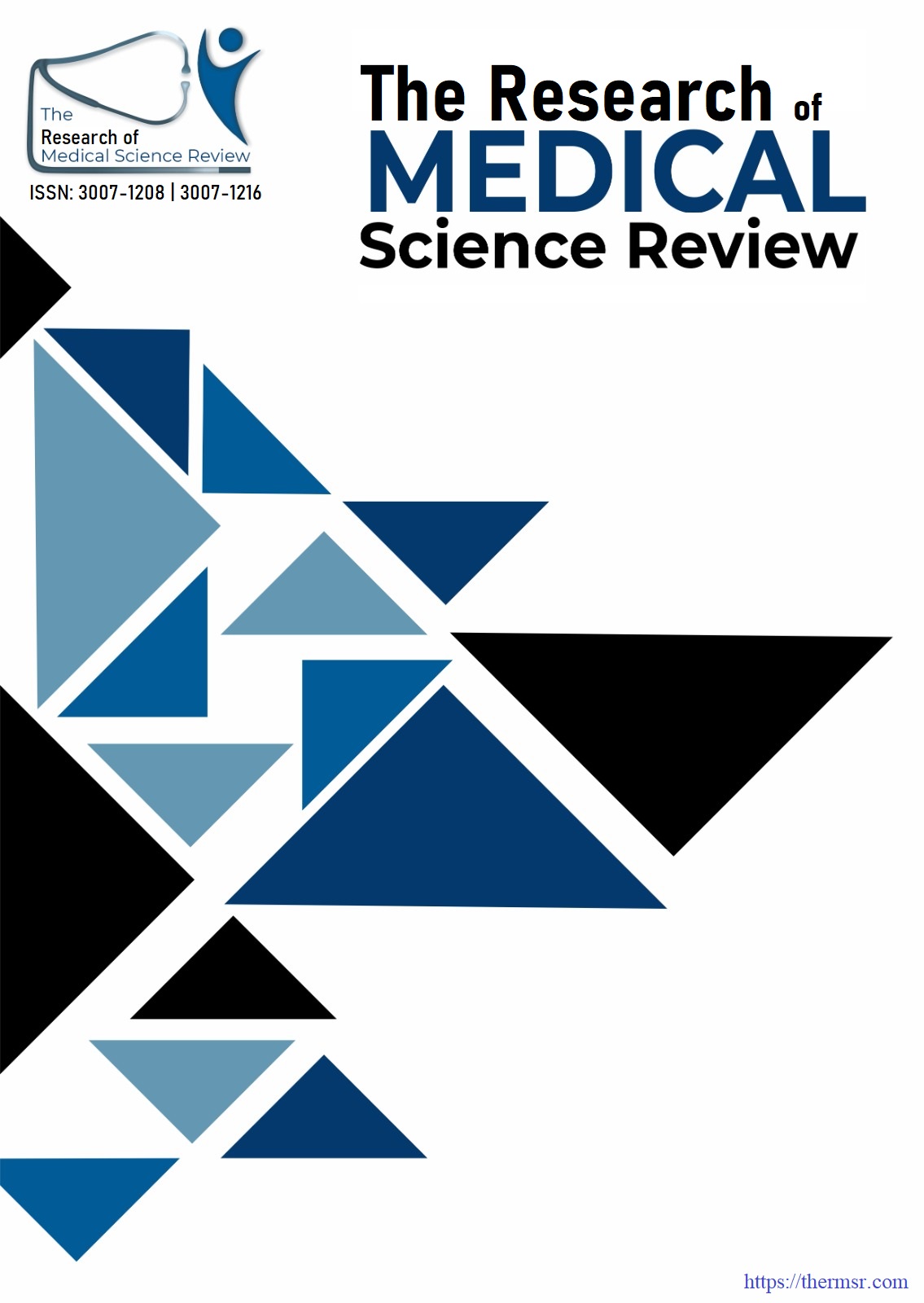FREQUENCY OF COMMON BARRIER IN ADOPTING FAMILY PLANNING METHODS BY RURAL MARRIED WOMEN PRESENTING FOR ANTENATAL CARE IN A TERTIARY CARE HOSPITAL OF RAHIM YAR KHAN
Keywords:
Family planning, rural women, barriers, antenatal care, socio demographic factorsAbstract
Objectives: The study aimed to assess the frequency of common barriers faced by rural married women in adopting family planning methods during antenatal care visits at a tertiary care hospital in Rahim Yar Khan. Study Design: A cross-sectional study was conducted at Sheikh Zayed Medical College and Hospital, Rahim Yar Khan from January 24, 2025 to April 24, 2025 Methods: After ethical approval, 280 women aged 20-49 years were enrolled in the study. A structured questionnaire, consisting of closed-ended questions, was administered to gather data on socio-demographic characteristics and common barriers to family planning. Data were analyzed using IBM SPSS, version 27.0, with appropriate statistical tests, including chi-square and Fisher's exact tests, to assess the significance of the barriers. Results: Among the participants, 25% were aged 26-30 years, with the majority (60%) being illiterate or having education below matric. The most common barriers identified were husband reluctance (40% reluctant), illiteracy (40% illiterate), and affordability issues (45% with limited affordability). The odds of using family planning were lower among women with illiterate husbands (OR: 0.9, 95% CI: 0.6-1.4, p = 0.043), illiterate women (p < 0.0001), and women with lower household incomes (OR: 0.2, 95% CI: 0.1-0.6, p < 0.05). Religious beliefs were not a significant barrier (p = 0.112). Conclusion: The study concluded that socio-demographic factors and husband reluctance were the most prominent barriers to family planning adoption among rural married women. These findings highlight the need for targeted interventions to address these barriers.
Downloads
Downloads
Published
Issue
Section
License

This work is licensed under a Creative Commons Attribution-NonCommercial-NoDerivatives 4.0 International License.















